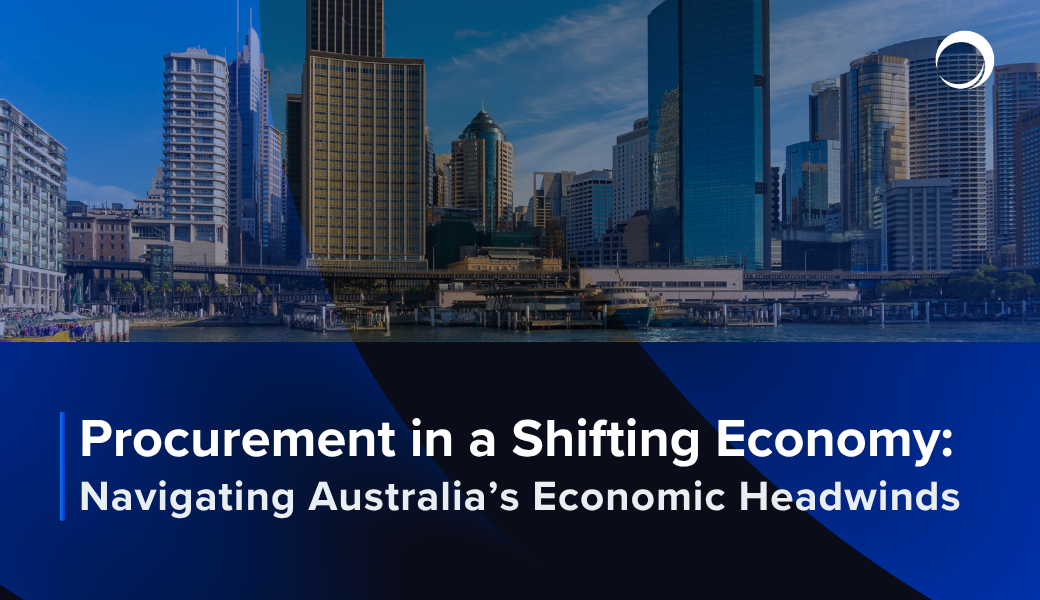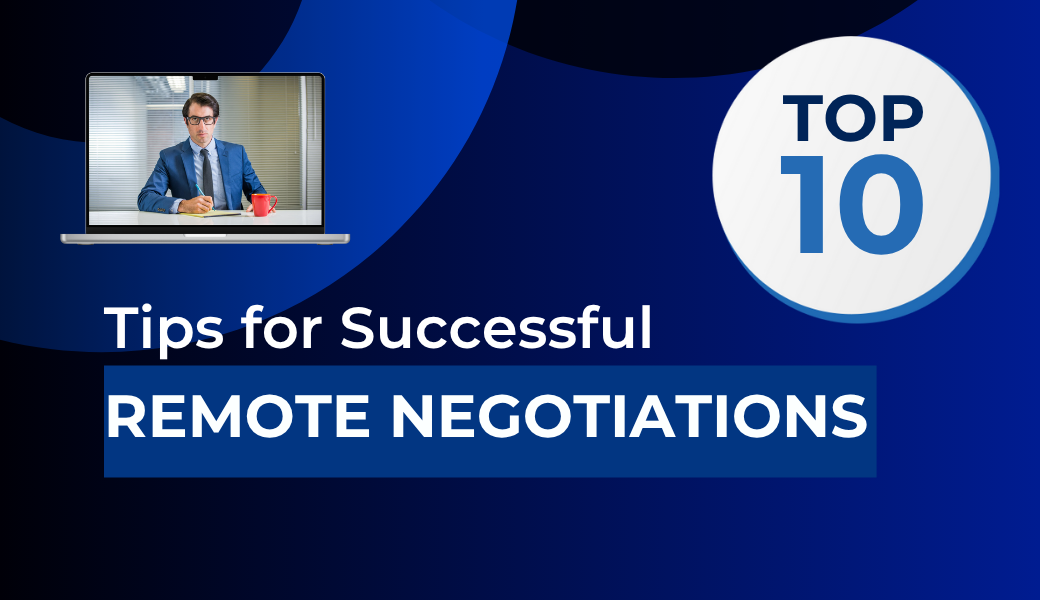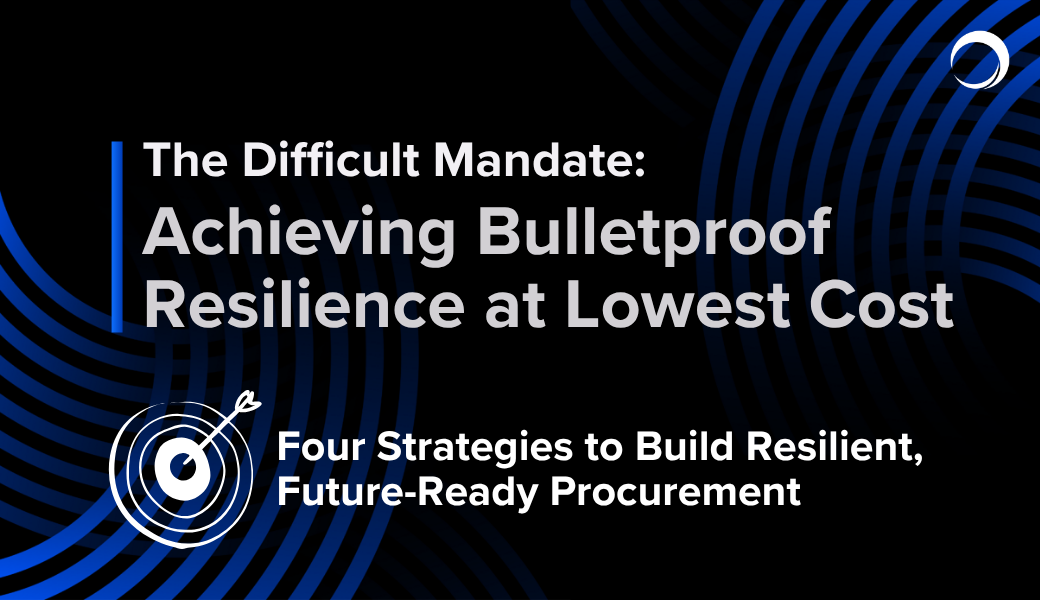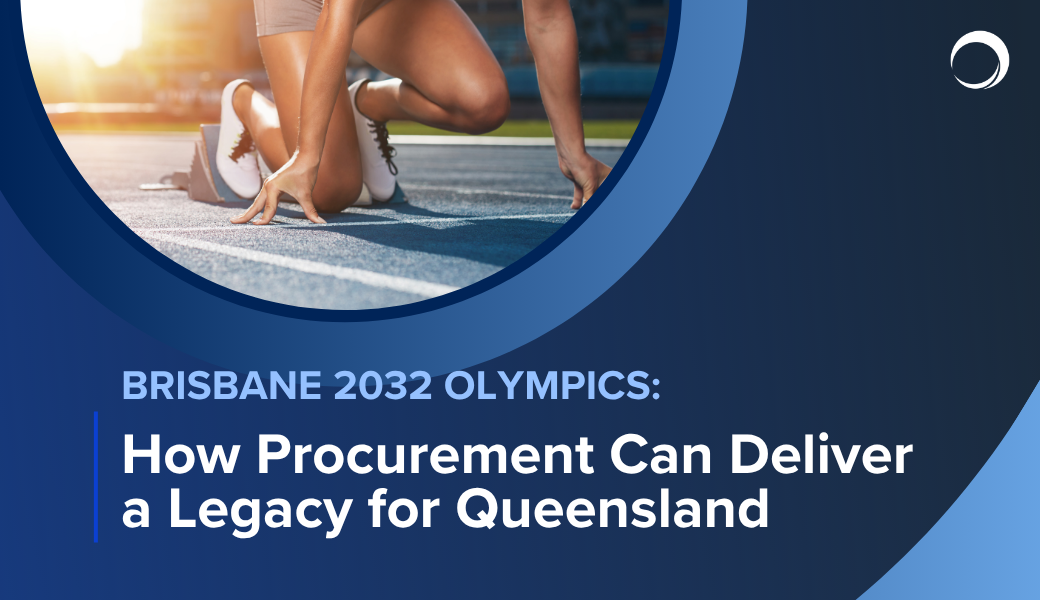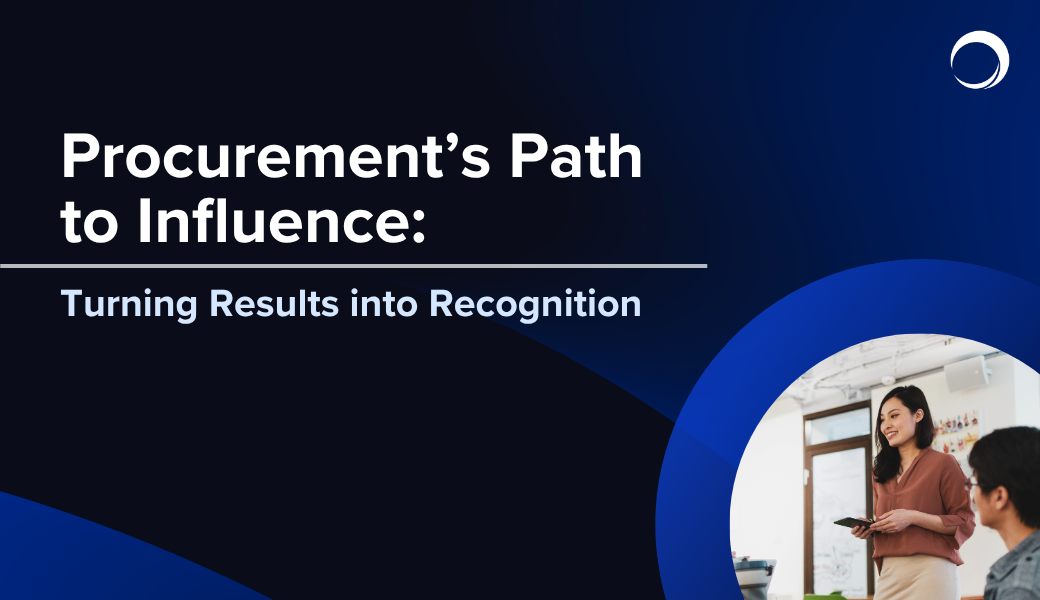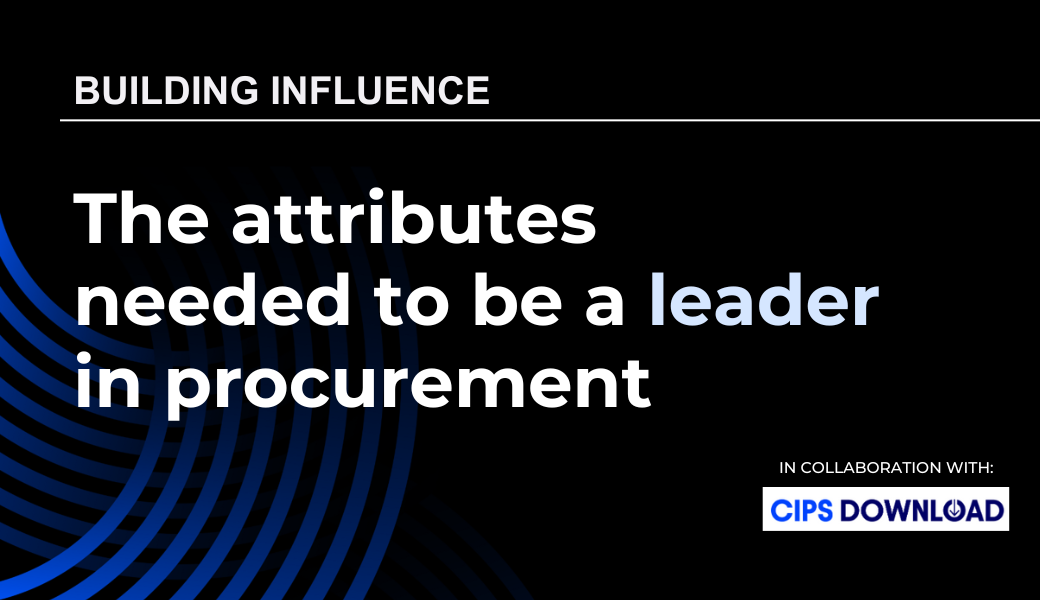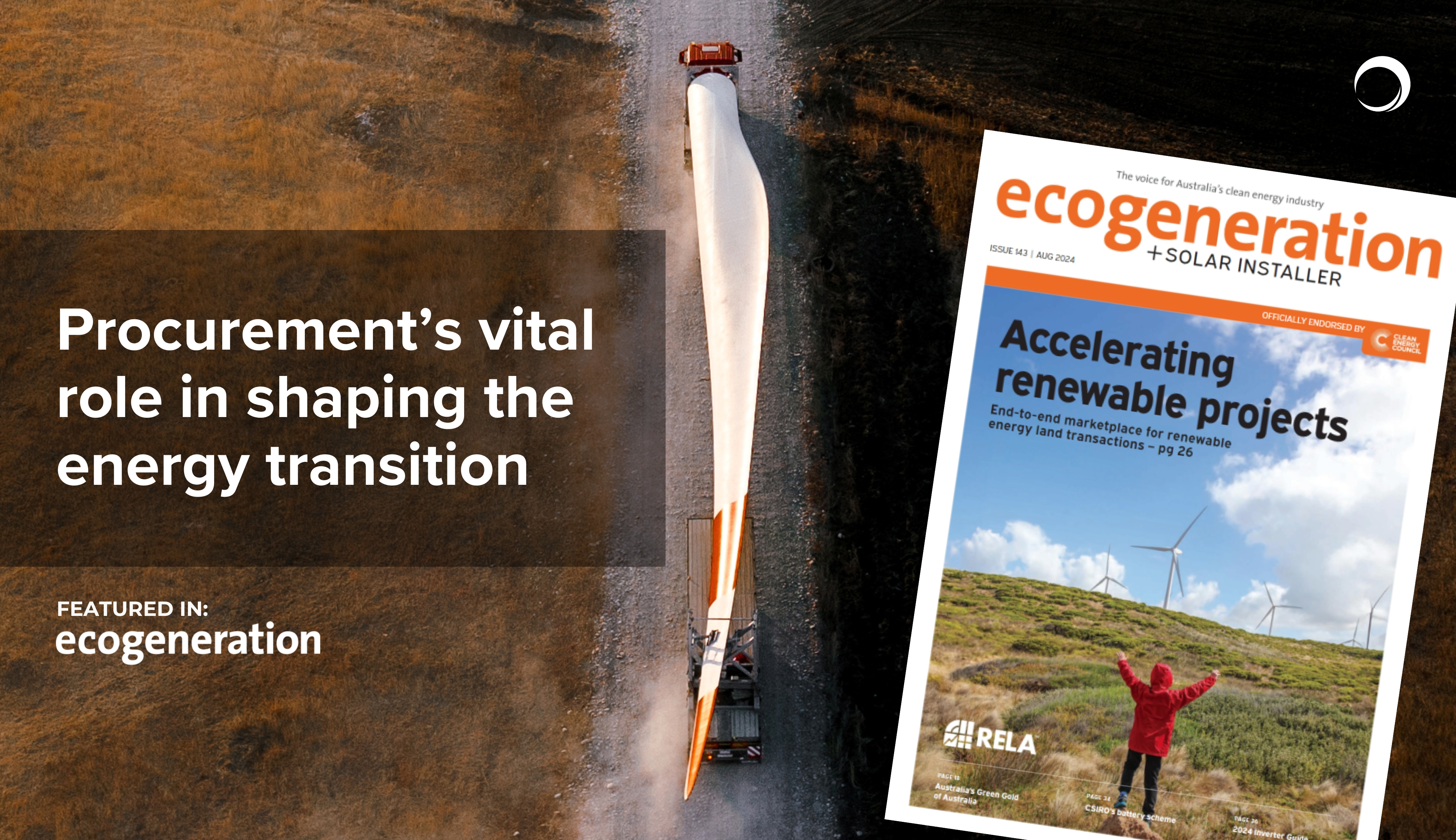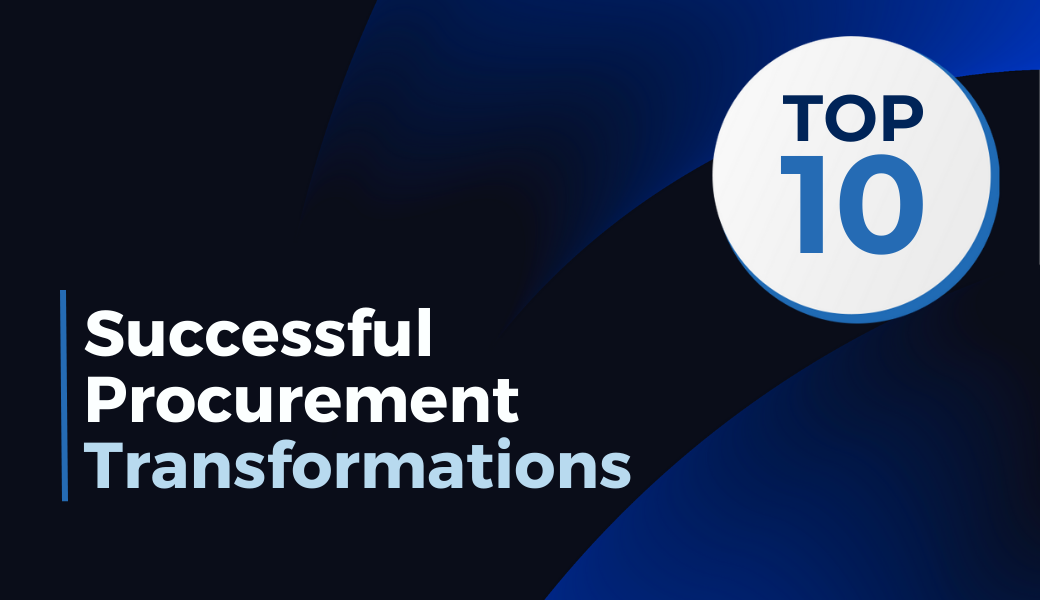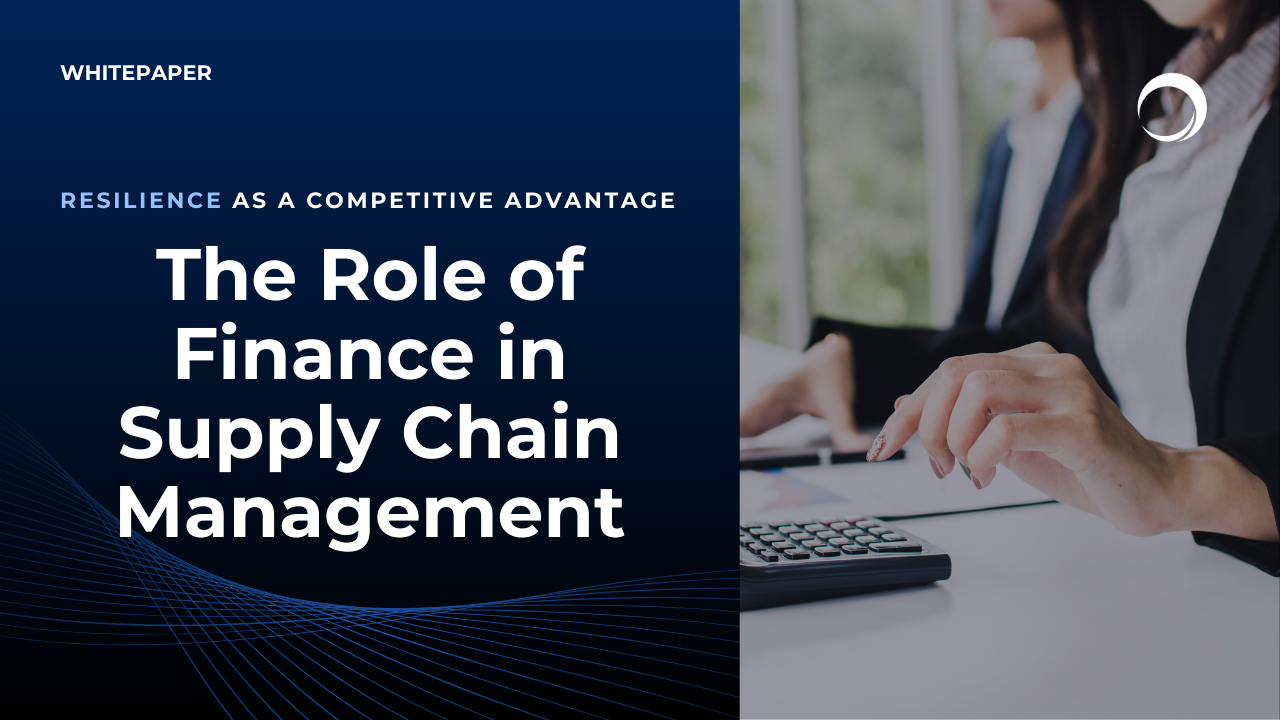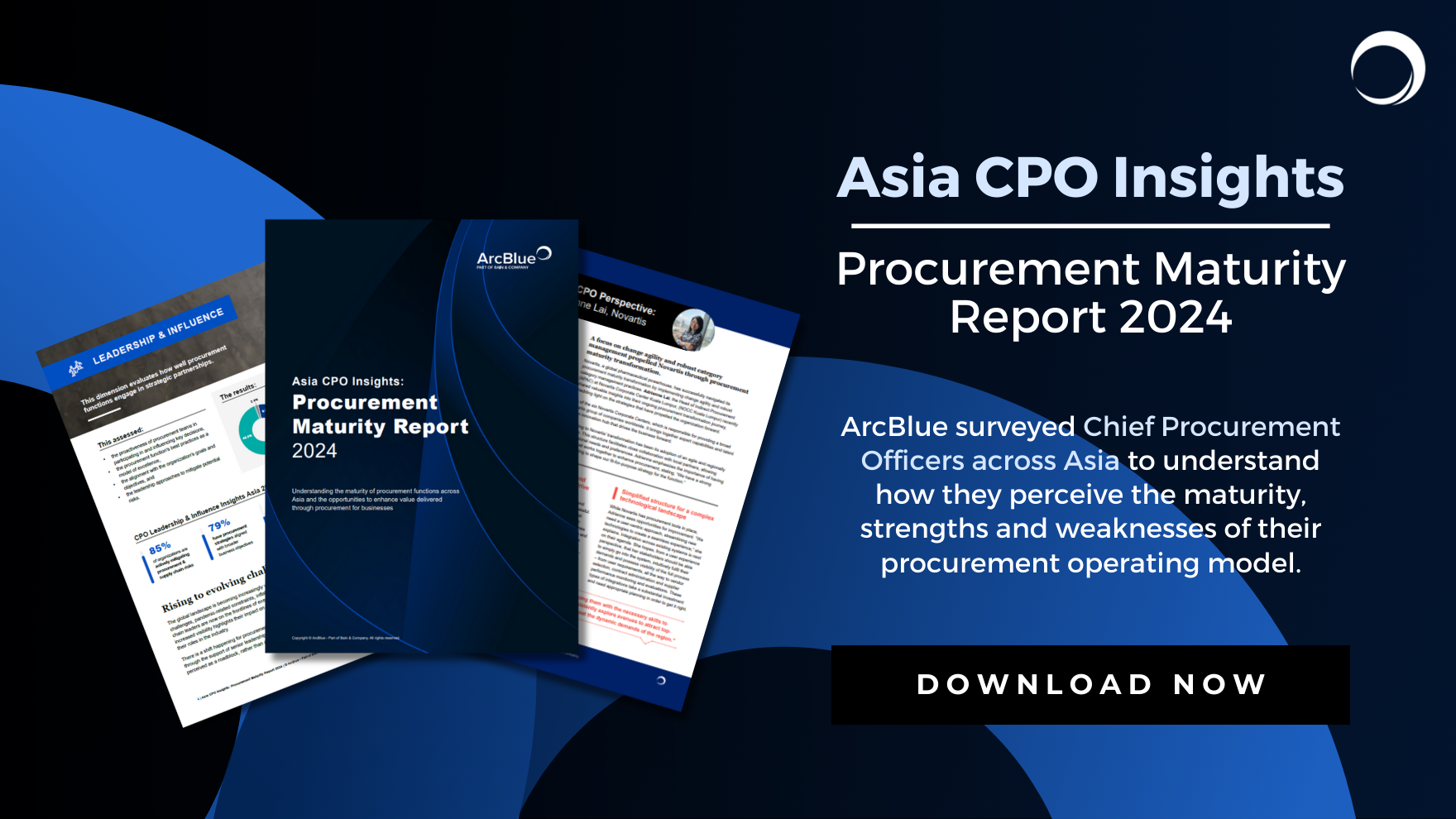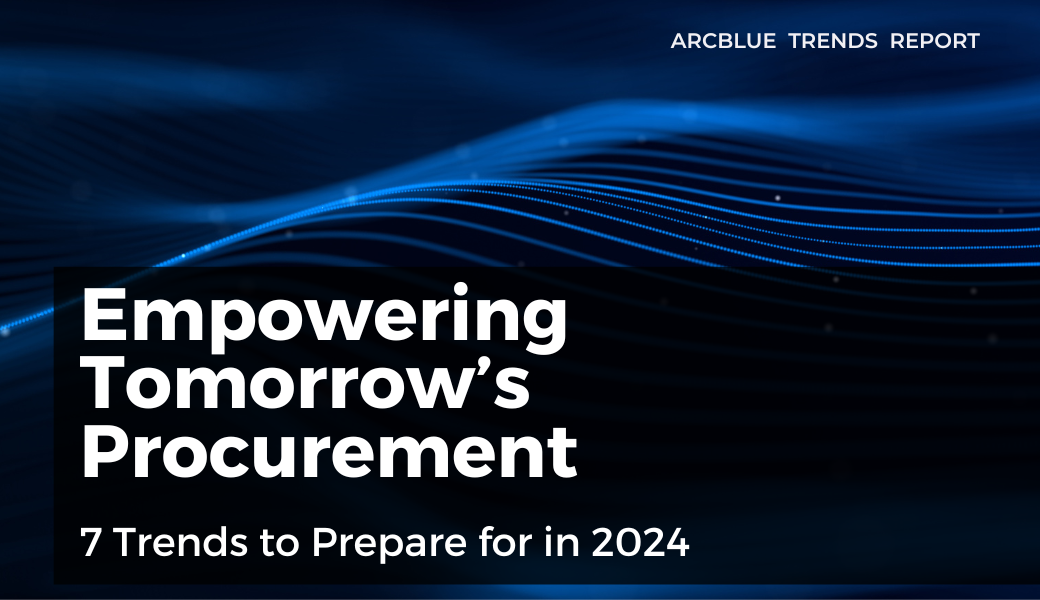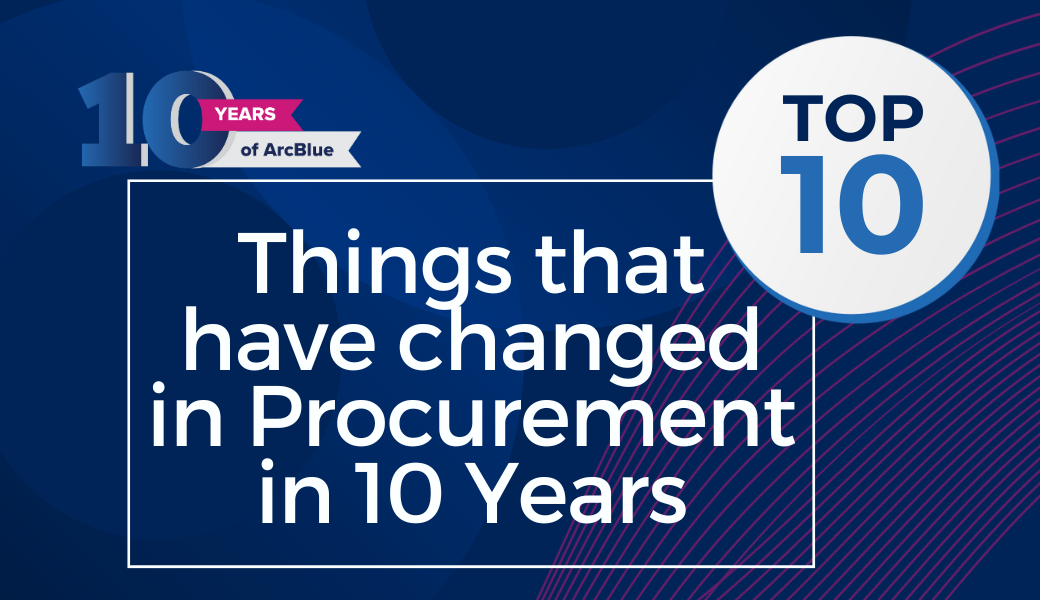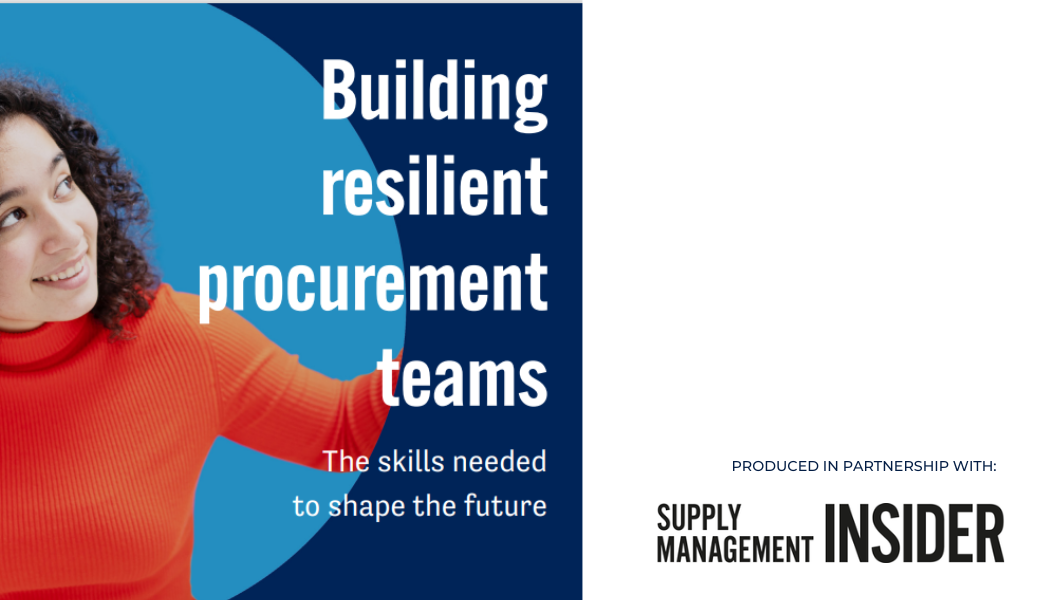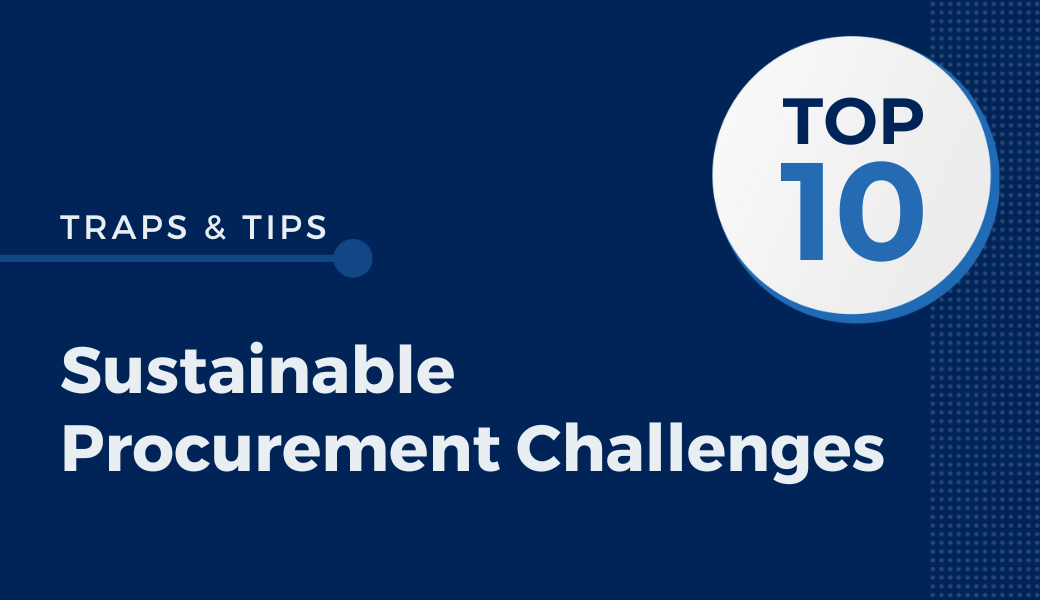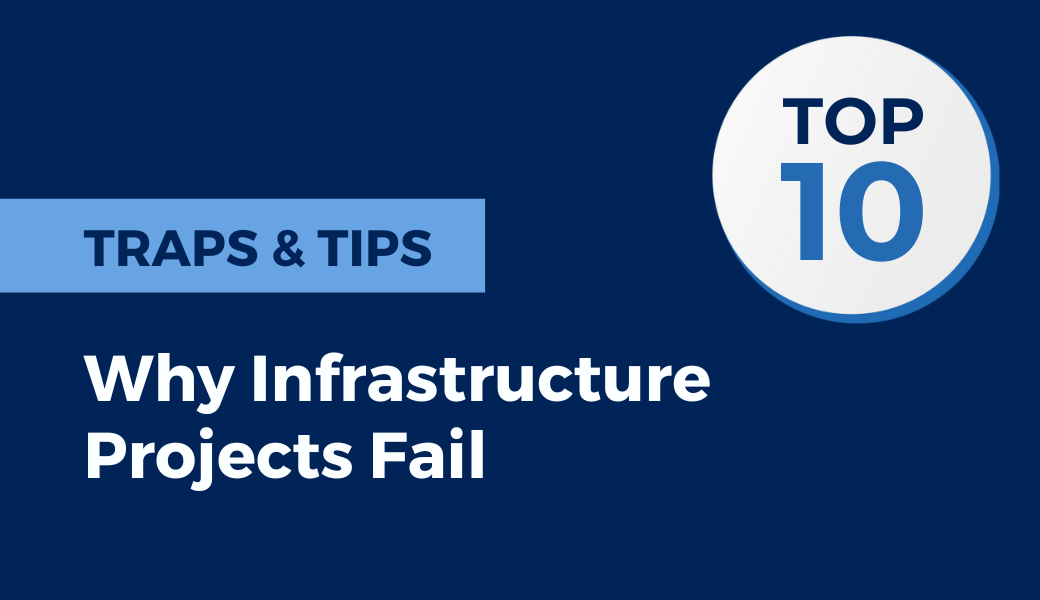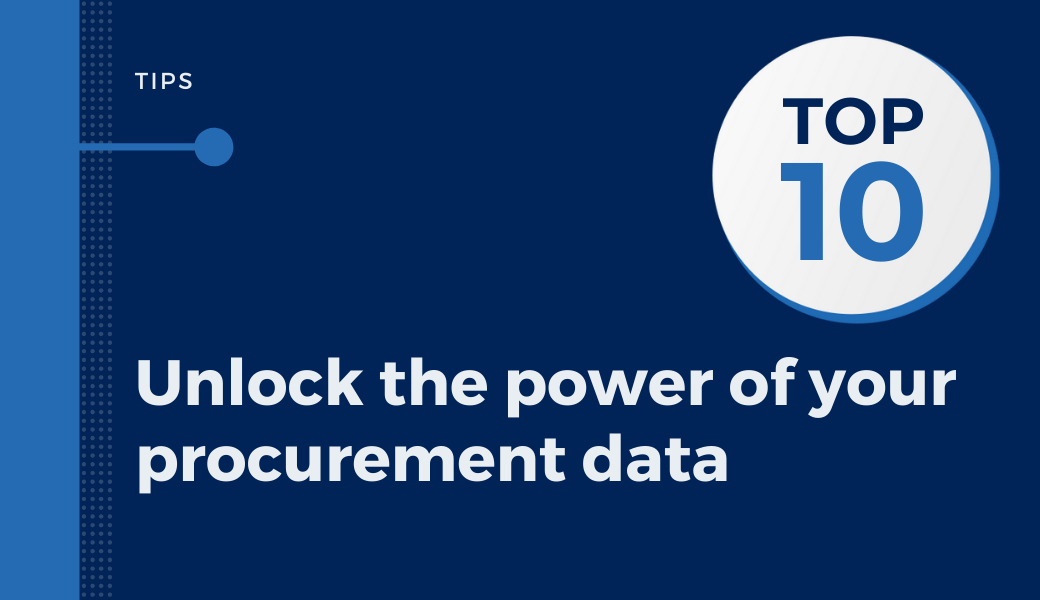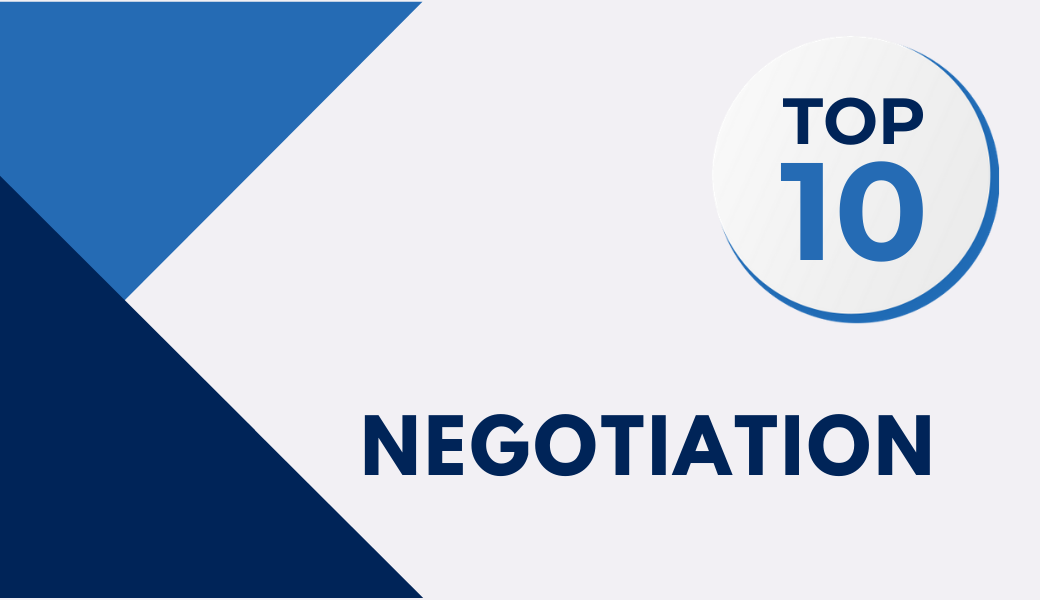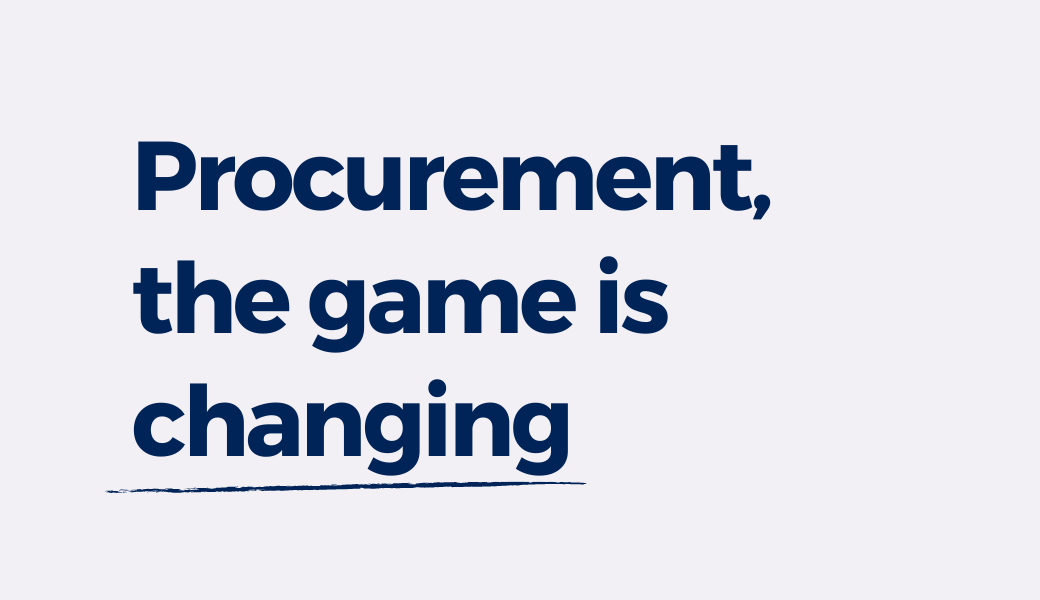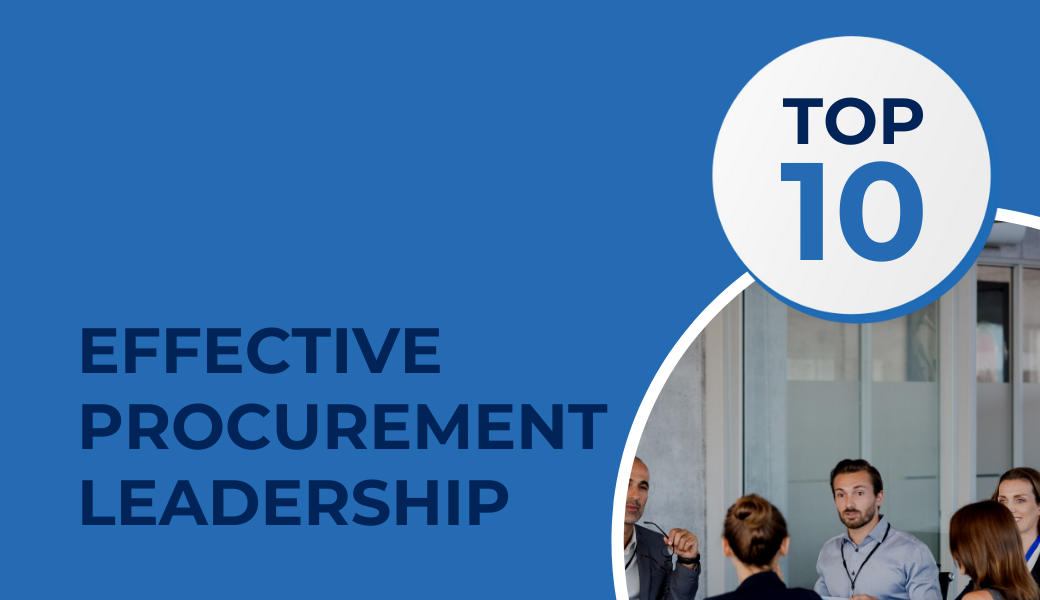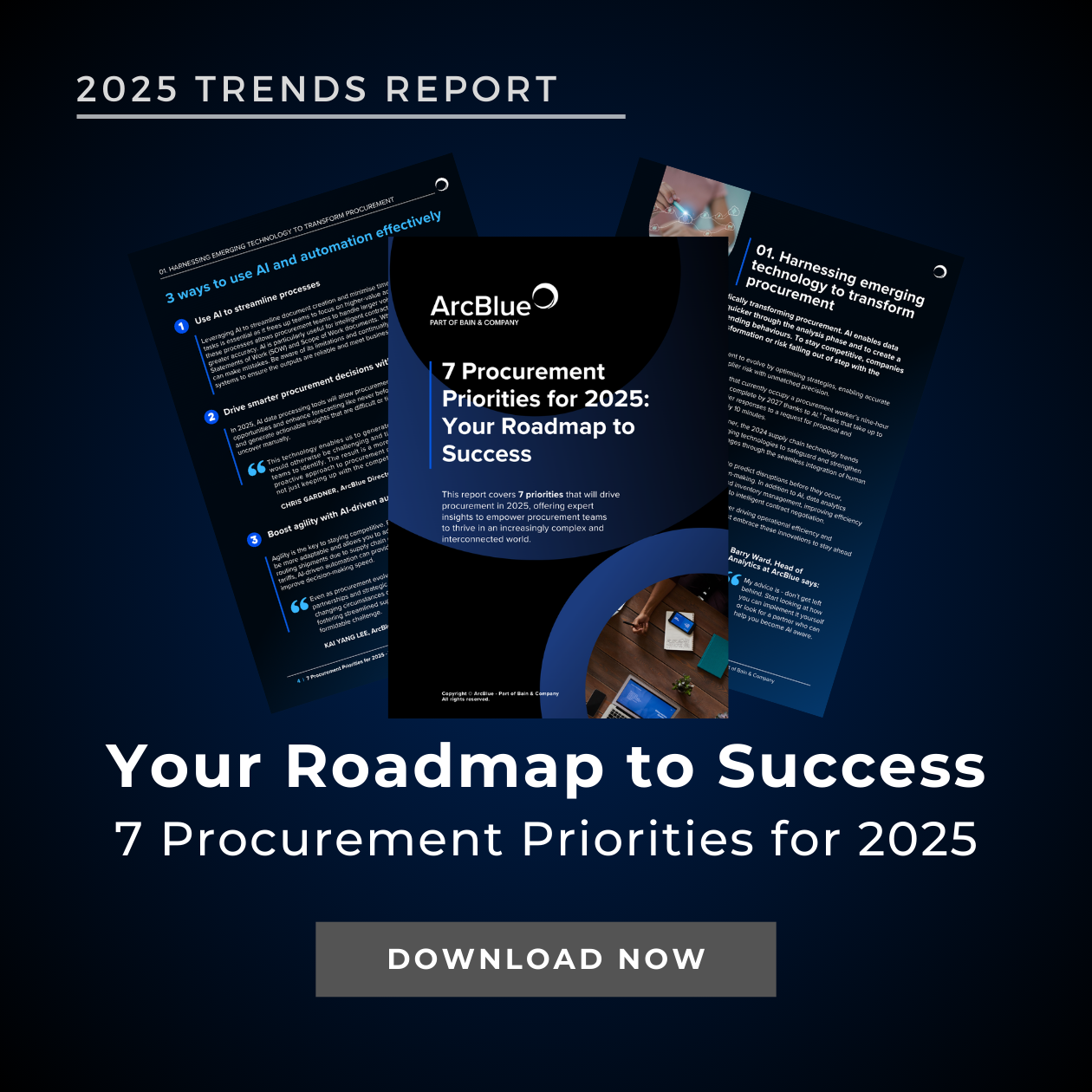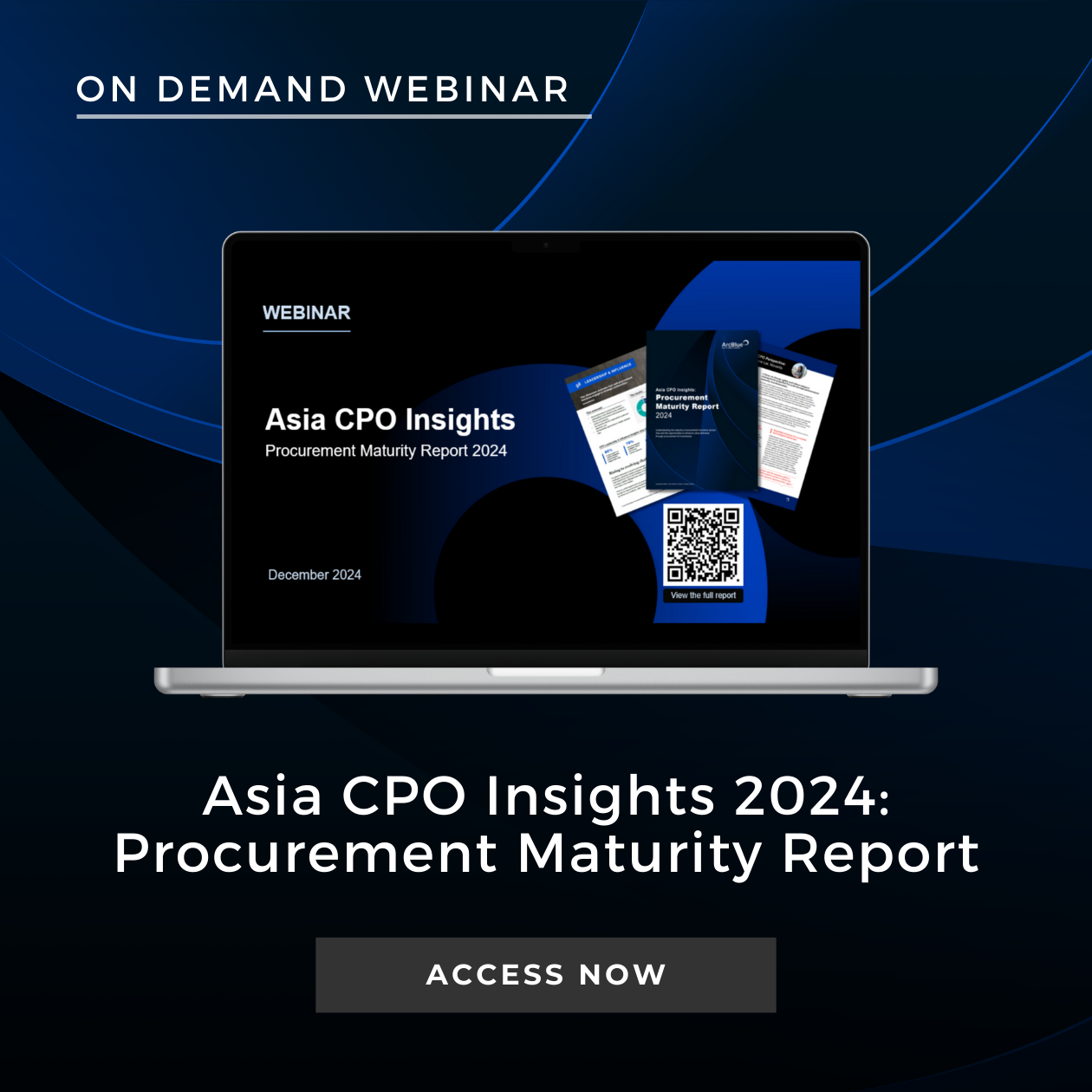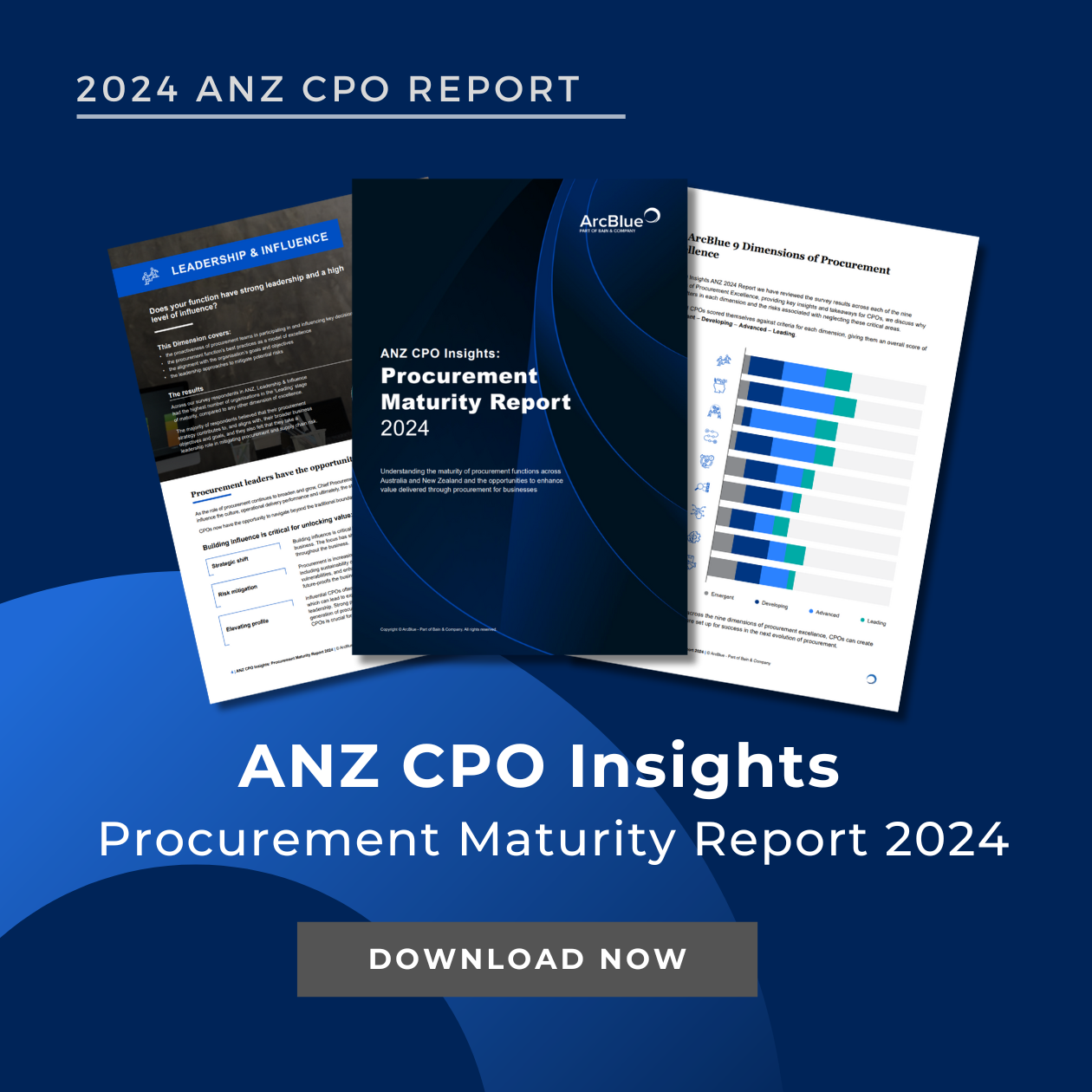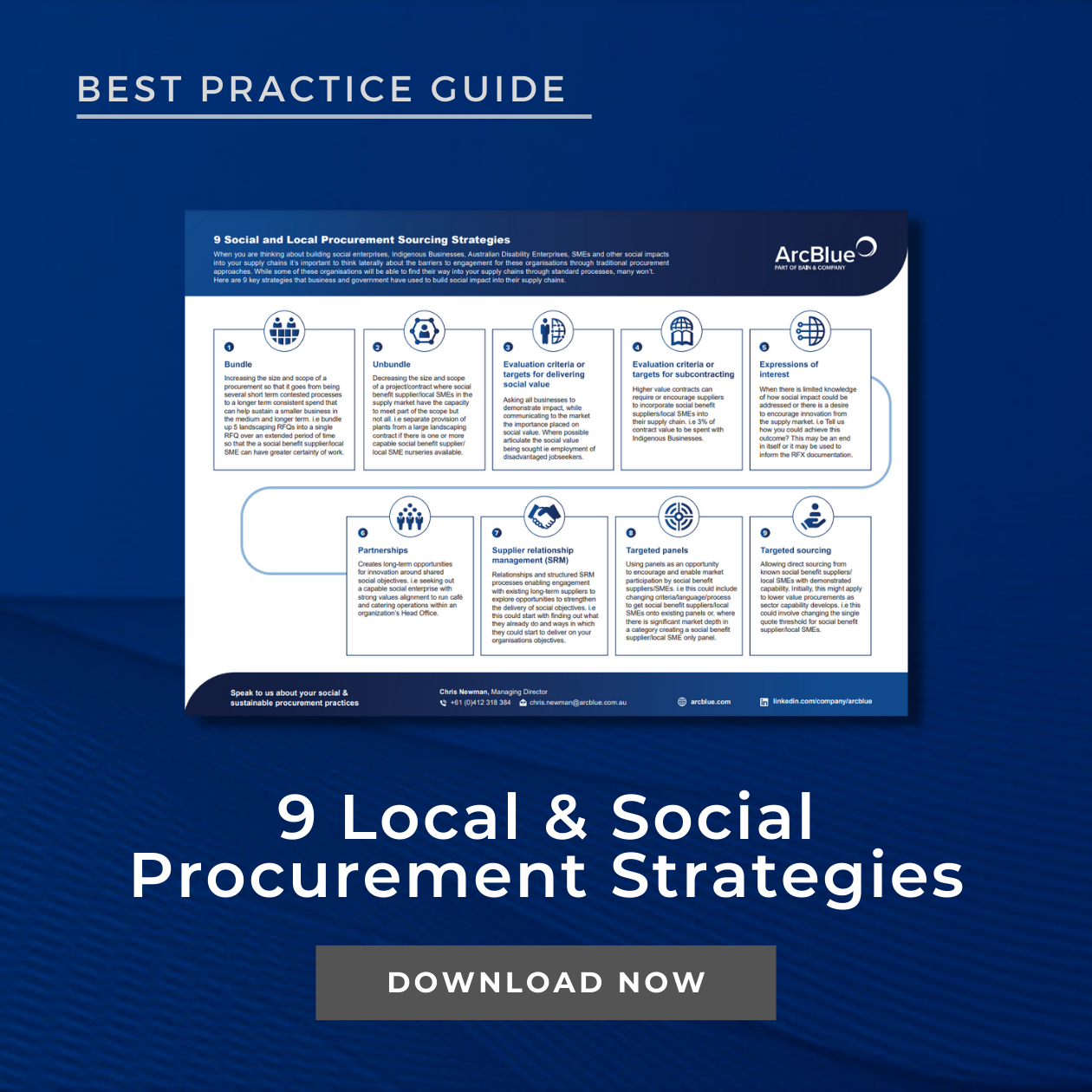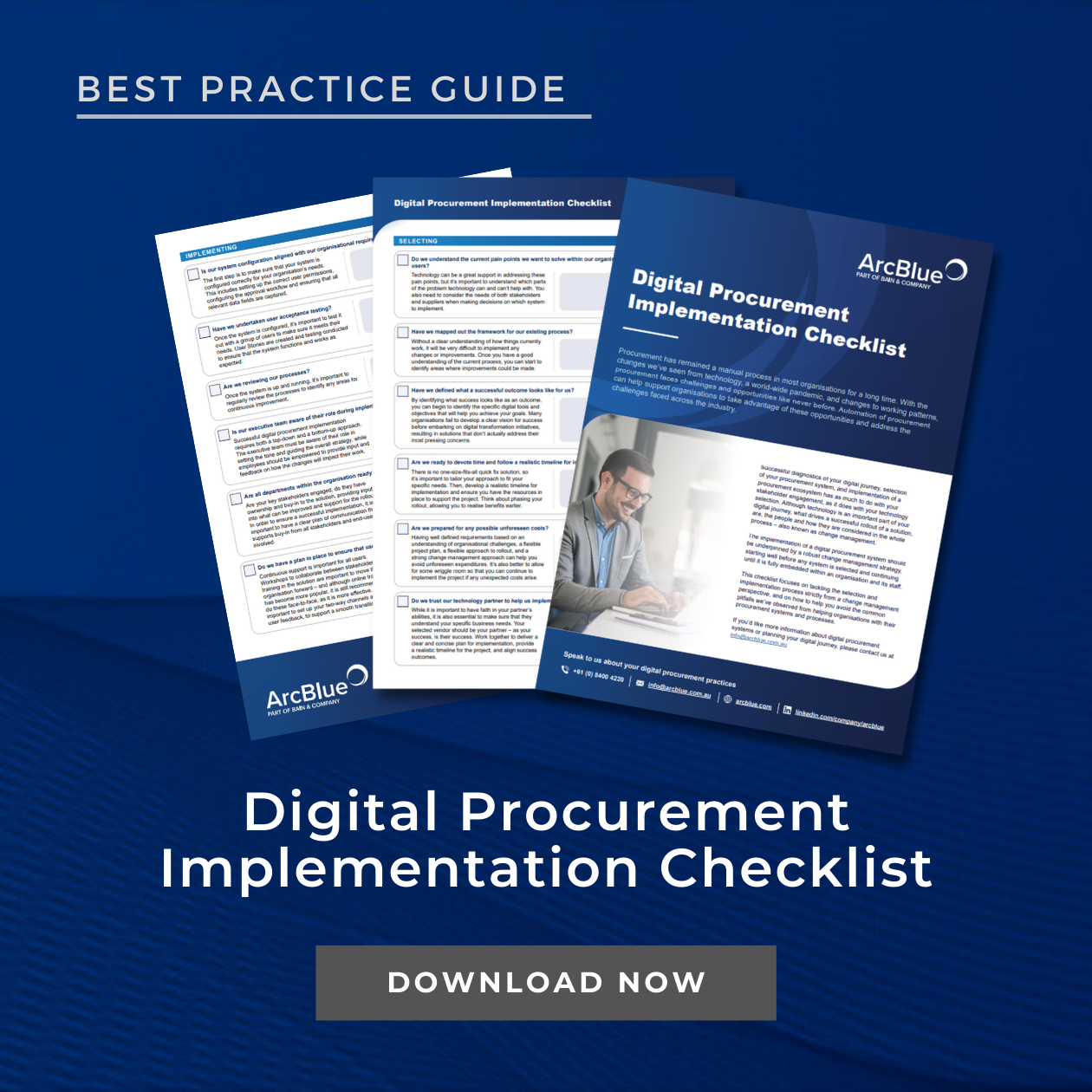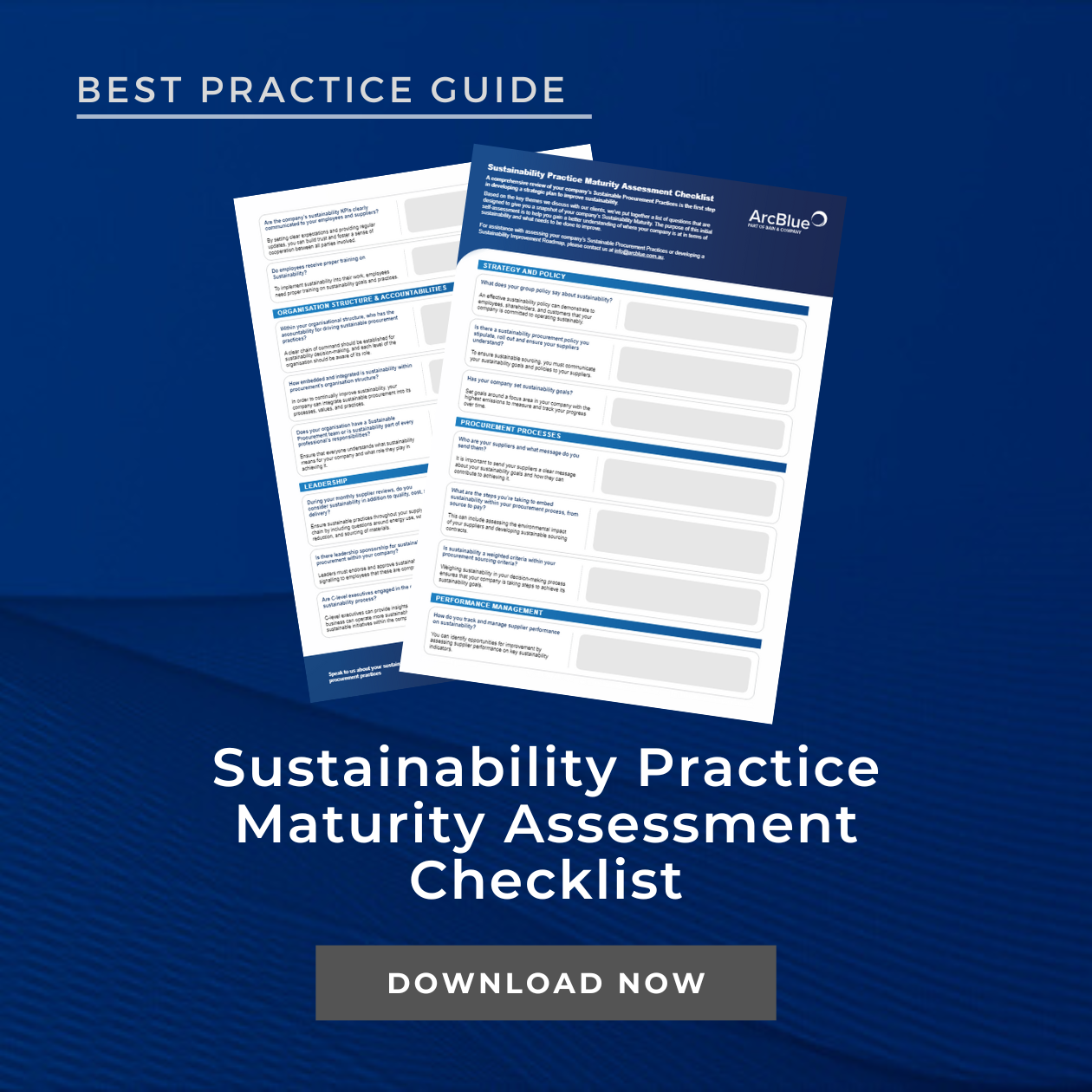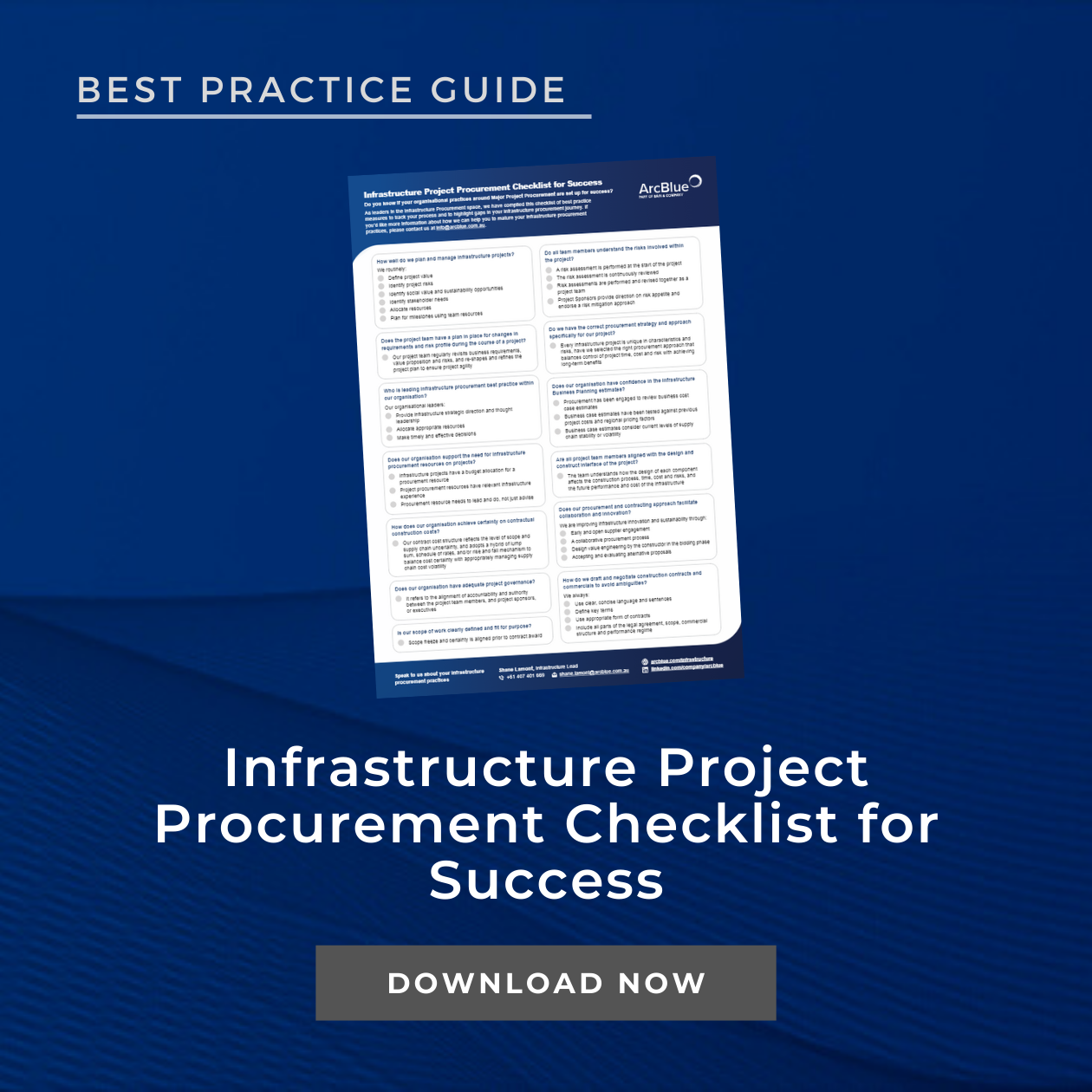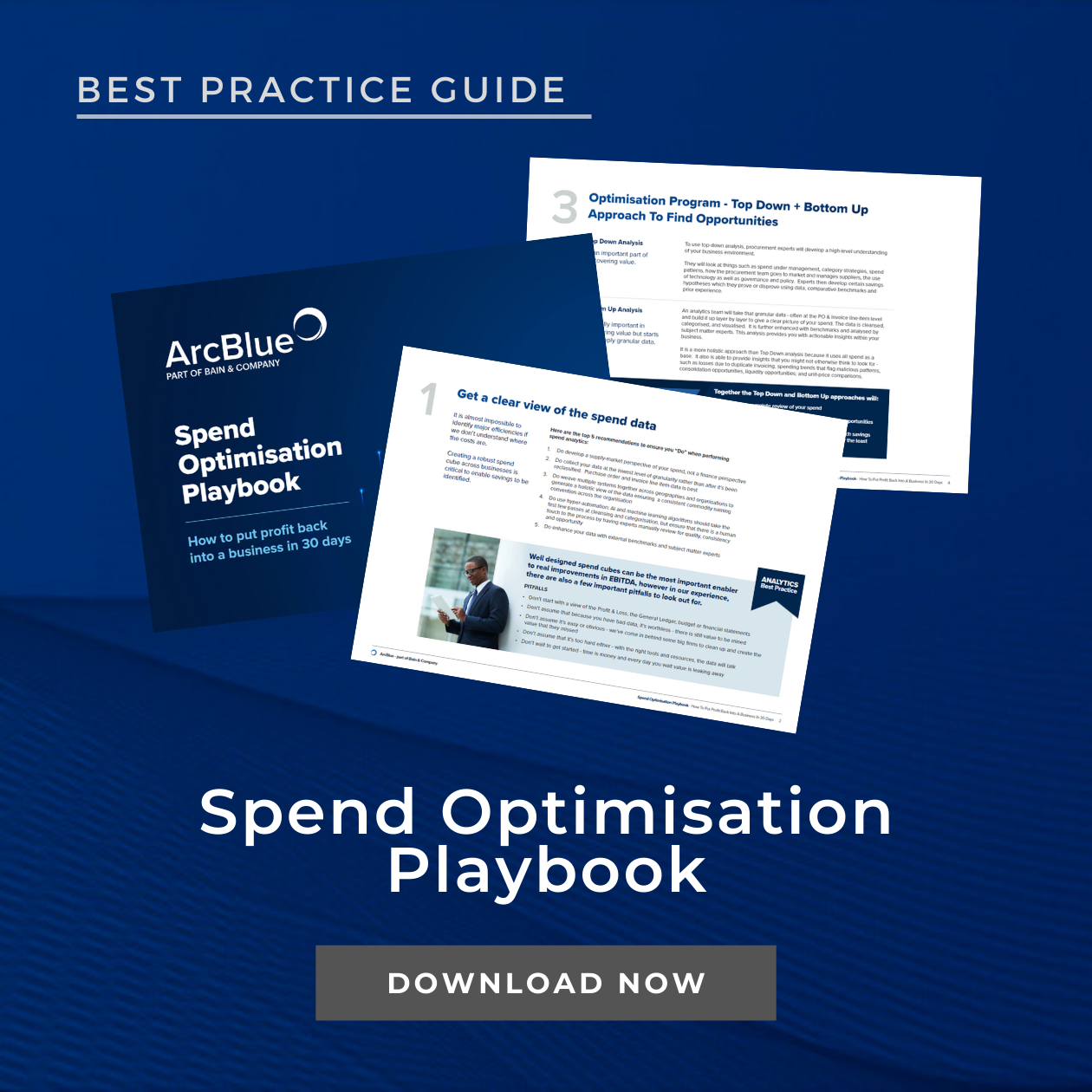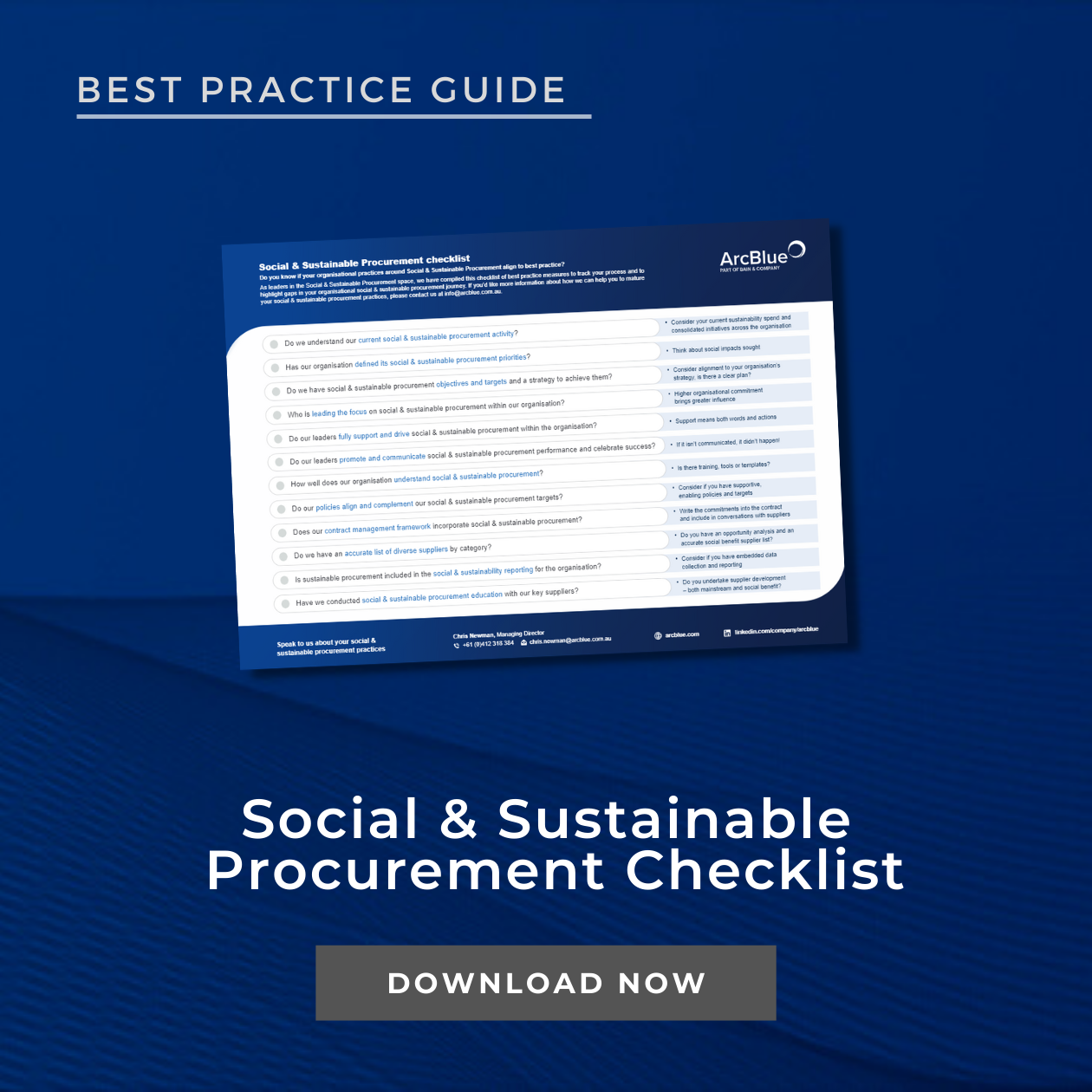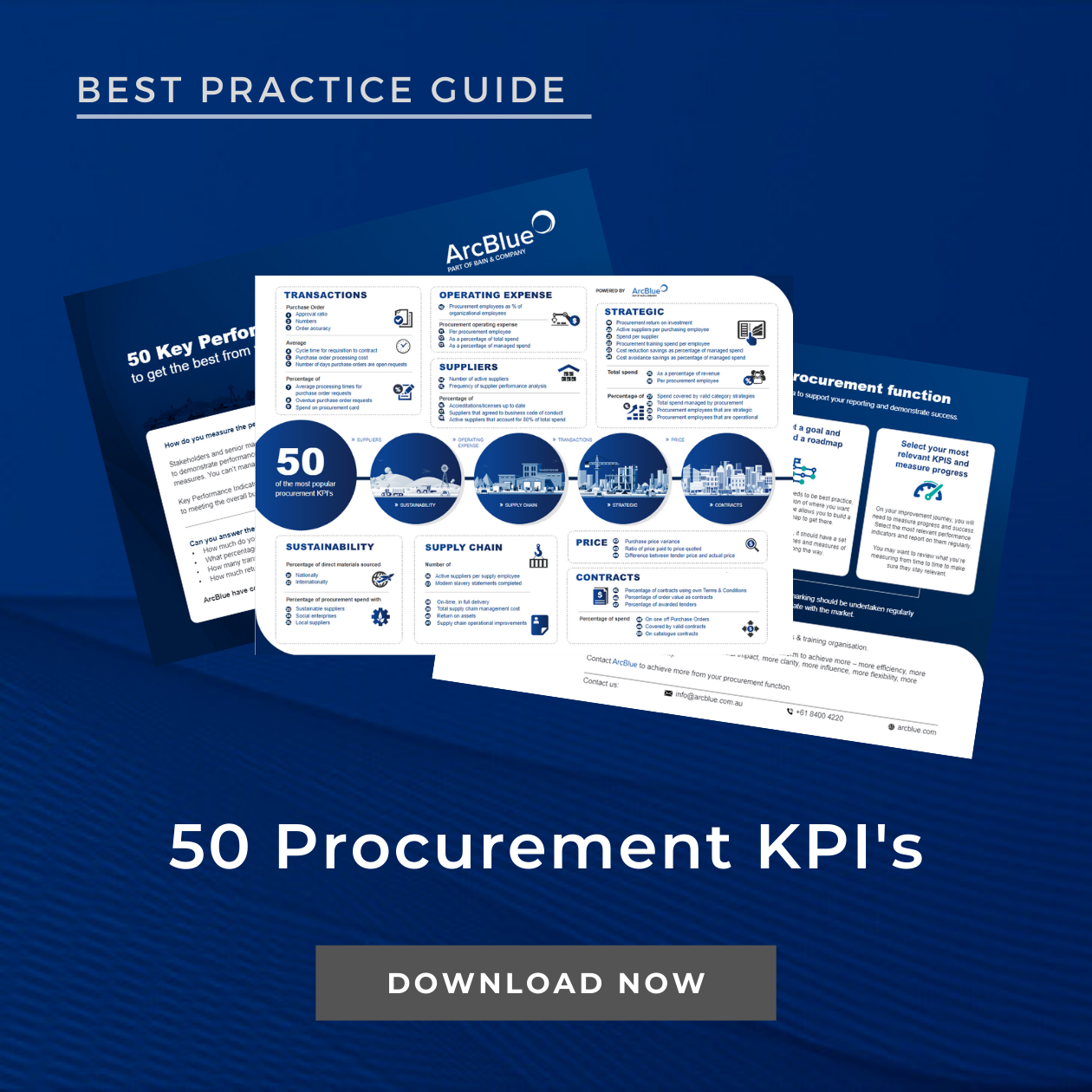- TOP 10 LIST
TOP 10:
Tips for Unlocking The Power Of Your
Procurement Data
September 2019
We live in an increasingly data-enriched world to the point where data-based decision management is becoming mainstream.
Delivering good procurement outcomes relies on making sense of large volumes of financial and operational data meaning the value and insights can easily be lost. Read our Top 10 Tips for helping procurement teams get real value from their data and identify opportunities for procurement savings and added value.
1 Adopt a category structure that is meaningful to you
Category Management moves the procurement function from a tactical process to a strategic driver. The first step is understanding your categories and making sure they are aligned with your business. Don’t feel the need to immediately adopt a complex multi-level coding structure, these can be daunting and often not entirely relevant to what you are trying to achieve.
2 Don’t overcomplicate your category structure
Keep it simple to begin with, particularly if your data isn’t perfect but build in the flexibility for growth. For example, where data quality is low we recommend starting with a two-level category/sub category structure.
3 Get your supplier creation processes right
A few simple steps to control supplier creation can significantly improve data quality, reduce your supplier base and help to tackle tail spend. Why is a new supplier being created? Do existing contracted suppliers not already provide the same goods/services? How were they selected? Are there duplicates? Any new supplier should have a default category/sub-category assigned at creation which will save you time and effort later. Also, think about how you deal with non-trade creditors such as staff members – make sure you flag these at creation to make them simple to identify.
4 Increase the emphasis on data capture
Record as much metadata about each transaction in your systems as possible. The extra effort at this stage will have significant downstream benefits. I’ve lost count of how many of our clients can’t tell us what percentage of spend is under contract because contract numbers are not recorded against either invoices or purchase orders. It is challenging to tackle maverick spend and manage contracts without accurate data on utilisation. Don’t stop at contract numbers, you should aim to be collecting asset numbers, material codes, quantities, unit pricing and detailed accurate line descriptions – a goldmine for benchmarking, tracking whole-of-life costs, profit and categorisation at a far more granular level. If you are constrained by your systems and processes, don’t be afraid to talk with your key suppliers to get more accurate reporting for these contracts separately.
5 Ensure you can get timely and accurate information from your systems
Work with your software provider or systems accountants to develop meaningful and useful data extracts that can be used by in-house analysts or third-party analytics providers. Analysts rely on your ability to extract data from your systems and this too often is a lengthy process requiring too much time and effort from IT, finance or the software provider. It’s your data, make sure you can access what you want when you want it.
6 Invest in analytics software
In the vast majority of cases, data is captured in ERP systems primarily for finance and accounting purposes with more focus on budgets than procurement classification. Visualising the data directly is going to have limitations and using dedicated analytics software, is going to make both the clean-up and the analysis of the data significantly easier. In addition, you will not be constrained by a single system and can bring in multiple data sources including your accounts payable, purchase card, purchase order and contract data.
7 Don’t stop at visualising data, look for the insights
Spend analysis and data visualisation are so much more than just pretty pictures. It provides a real opportunity to tell a story with your data which can lead to savings, improved supplier relationships, Category Management, and an improvement in compliance, performance and process. Look at categories with too many (or too few) suppliers, analyse the number of new suppliers being created and calculate how many low-value transactions you are processing. Reducing this alone without changing anything else has significant benefits for both you and the supplier. Also, look for opportunities to leverage existing local or aggregated contracts to increase your buying power and reduce process burden. Full visibility of categorised procurement data will immediately present savings and efficiency opportunities with a happy by-product of reducing the risk of fraud and maverick spend.
8 Think wider than financial data
Collect and analyse relevant operational and demographic data to give spend data context and an additional layer of insight. For example, looking at spend on IT hardware in isolation is one thing, but bring in data linking those assets to your organisation’s headcount and office locations and you can tell a far more relevant and useful story. Think about what is going to be useful to your internal clients, be it the impact of dollars spent on a marketing campaign, the changes in customer satisfaction following the introduction of a product or the social and economic impact of an increase in local spend.
9 Use your data to promote the value of procurement
Use your data to show the value of procurement to the organisation. Develop tailored reports or dashboards that track benefits realisation and performance indicators and share them with your colleagues. By utilising meaningful category information to develop your category strategies that are closely linked to the organisation’s strategic goals and direction you will be a vital support mechanism to all buyers.
10 Don’t underestimate the value of third party support
If you don’t have specialist analyst resources or capacity within your organisation consider using a managed service such as ArcBlue’s Virtual Analyst to support you. Unlocking the power of your data without the need to employ additional resources or change your IT infrastructure can be an excellent short, medium or long-term solution. As well as visualising spend data, we can also provide Dashboards for procurement capability assessments of organisations and individuals giving you an opportunity to see all of your key information in one place.
ArcBlue has a proven track record in supporting hundreds of clients to gain valuable insights through procurement analytics and powerful data dashboards. We have developed powerful and intuitive Procurement Dashboards which can draw data from multiple sources, that are easy to set-up at the fraction of the cost of a full-time analytics resource.
Speak to us about getting valuable insights out of your spend data.
INSIGHTS
RESOURCES & DOWNLOADS





